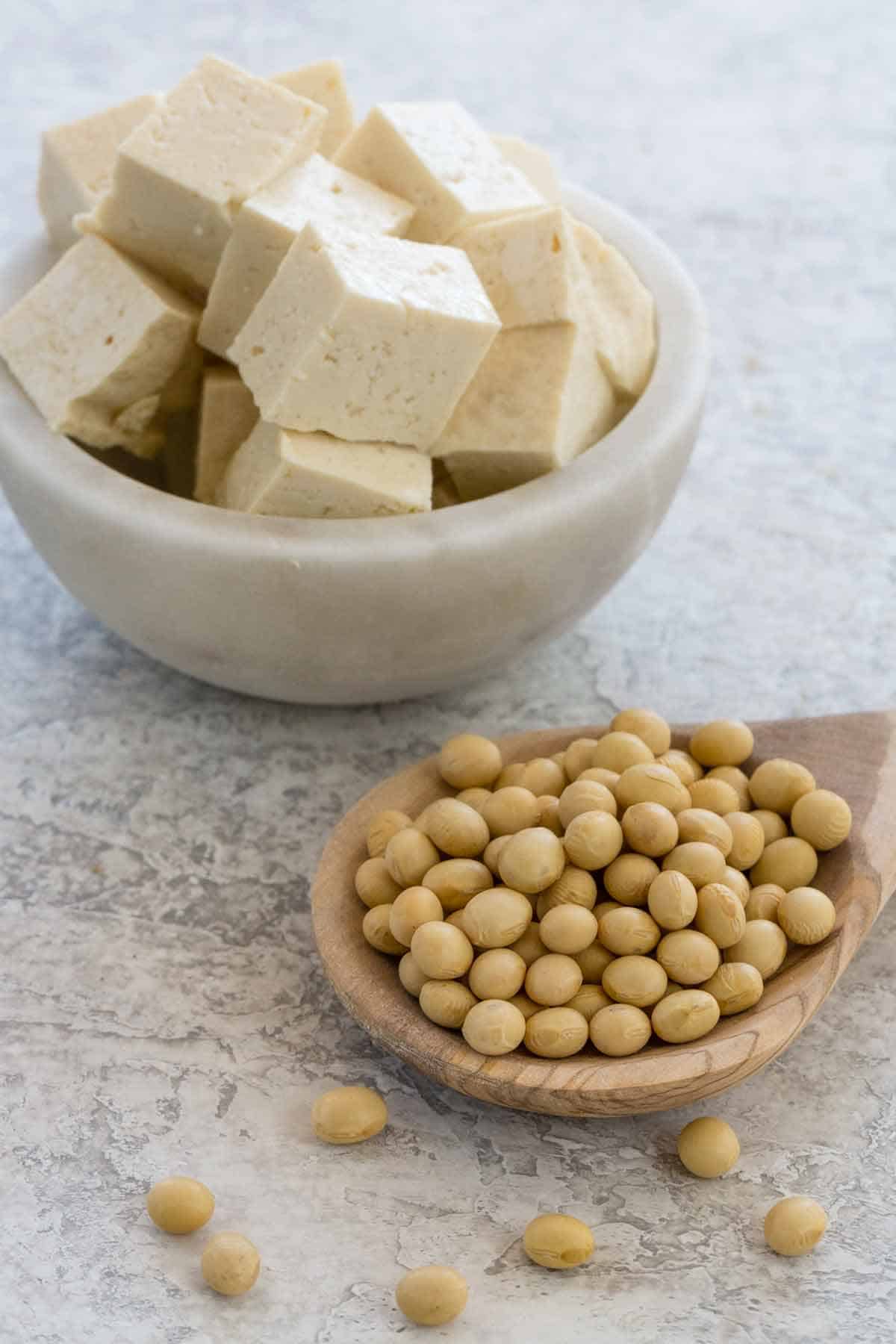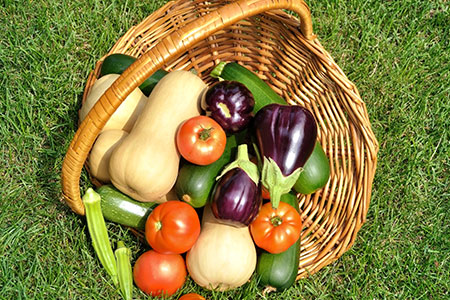
- HOME
- Dietary Guidelines
- Dietary Guidelines
5 functional ingredients that bring a wealth of health benefits-protein
Written by Sandy Skrovan, Sept. 18, 2017
Consumers are taking a more holistic view of health, wellness and nutrition. They don’t want to take another pill. They increasingly shun chemicals and artificial ingredients. Instead, they want the foods they eat to keep them healthy.
“Many of the food, health and nutrition industry trends we’re seeing today are driven by consumers who have a passion for having a healthy lifestyle. They are looking for products that provide added functional benefit and claim substantiation to address their specific health needs,” Sherry Duff, senior vice president and chief marketing and technology officer for ingredients company Innophos wrote in an e-mail to Food Dive.
“Besides overall health and wellness benefits, consumers want products that support energized aging and have clean labels — that is, foods made with recognizable ingredients that they can actually pronounce. Specifically, they’re looking for products that help with digestive health, cognitive health, anti-inflammation, immune health, cardiovascular health, weight management, muscle gain, mineral fortification and beauty benefits,” continued Duff.
Rising healthcare costs and an aging population with plenty of spending power are other factors driving interest in functional foods. Consequently, the demand for functional foods — and the ingredients that go into making better-for-you products — is poised for healthy growth.
The global functional foods market size was estimated at $129 billion in 2014, according to Grand View Research. With a 7.9% compound annual growth rate projected for the foreseeable future, the size of the market worldwide is on pace to nearly double in a decade’s time, to $255 billion by 2024. The research firm projects the U.S. functional foods market will reach $62 billion by 2024, up from $29 billion in 2014.
But what makes a food product functional? Here are five of the most common and high-growth ingredients, some of their uses and their associated health benefits. Today we will introduce the first one-protein.

One of the most common functional ingredients is protein. It is naturally found in foods including meat, eggs and tofu. These have all been eaten for hundreds of years, and have been extensively researched.
“We now know that proteins are built up from 20 different amino acids — of which 9 of these amino acids are essential, meaning that they can’t be made by the body and must come from food,” Patrick Luchsinger, marketing manager at ingredients maker Ingredion wrote in an e-mail to Food Dive. “The remaining 11 amino acids are non-essential, meaning they can be made by the body. So when evaluating proteins for food, formulators must consider the amino acid profile of the protein source.”
Proteins help manage or even prevent chronic diseases, address obesity issues, and help build muscle mass as well as address muscle loss. In fact, proteins provide the amino acids needed to facilitate healing of micro muscle fiber tears that occur during exercise — a key reason why protein powders, shakes and bars are often associated with sports nutrition.
Proteins have experienced substantial recent growth, marked by an unprecedented increase in consumers’ perceived deficiency of the nutrient, and growing awareness and use of plant-based proteins. Because food ingredient companies can obtain protein from several readily available sources — such as whey, vegetables and eggs — there has been an increasing proliferation of protein-rich and protein-enriched products across many food and beverage categories. These include nutritional bars and shakes, yogurt, ready-to-drink beverages and protein powders.

“Increasingly the desire for clean labels, ease of digestion, the need or desire to avoid allergens, compatibility with vegetarian and vegan lifestyles, and concerns about sustainability among the general population are putting the spotlight on plant proteins as a functional ingredient,” wrote Duff. Consumer notions of what constitutes a good protein source are expanding to include a wider variety of plant-based protein ingredients — among them soy, canola and nuts.
Protein pulses made from combinations of beans, peas, lentils and chickpeas are growing in popularity because they also provide plenty of fiber, vitamins and minerals. Ingredion is bullish on new product formulations utilizing new “clean-taste” protein pulse applications. For most of these, protein use was previously limited because of beany, grassy or other undesirable flavors.
This flavor improvement, coupled with overall nutritional quality and functionality, enables food manufacturers to use more protein-rich ingredients in applications such as pasta, snacks and bakery products. They can also be applied to new applications, including alternative dairy, beverages and confectionery items. New clean-taste pulse ingredients, developed by Ingredion and AGT Foods, were recently awarded a 2017 IFT Food Expo Innovation Award.

Contact Us
Add: 414, Institute of Quality Standard and Testing Technology for Agro-products of Chinese Academy of Agricultural Sciences, No. 12, Zhongguancun South Street, Haidian District, Beijing, China
Email:typ@withworld.cn
Tel:+86 10 53647310